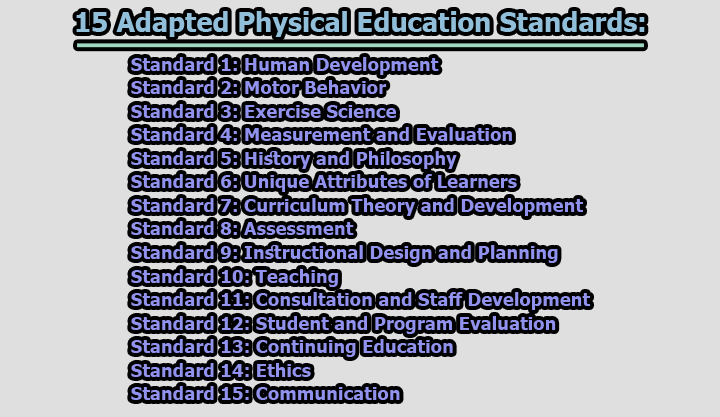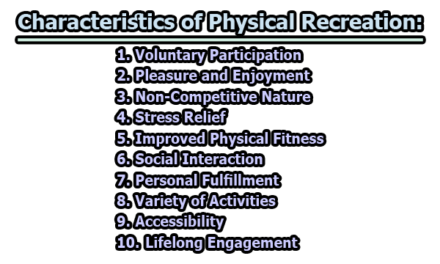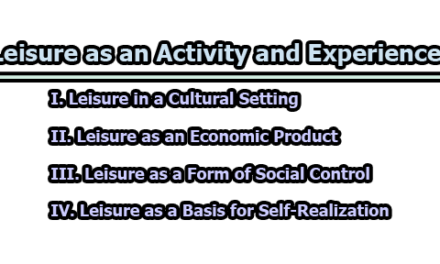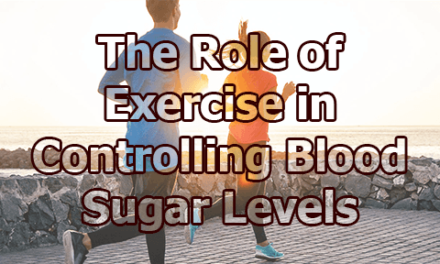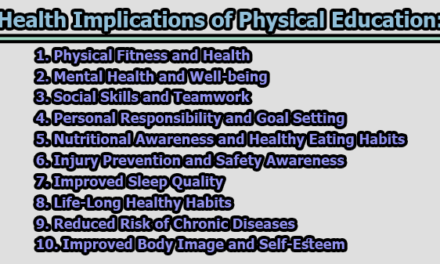15 Adapted Physical Education Standards:
In recent years, the landscape of education has been evolving towards greater inclusivity, particularly when it comes to students with disabilities. Amid this transformation, the Adapted Physical Education (APE) standards have emerged as a guiding framework aimed at ensuring that individuals with diverse needs receive equitable and high-quality physical education. This article delves into the 15 Adapted Physical Education Standards, offering an in-depth exploration of their significance and their impact on fostering inclusive education.
Standard 1: Human Development
At the very foundation of the Adapted Physical Education Standards lies the profound understanding of human development and its applications to individuals with disabilities. This standard is not merely about rote knowledge; it’s about how APE teachers can leverage theories and practices related to human development to craft meaningful and effective programs tailored to the unique requirements of each student. This nuanced understanding serves as the bedrock upon which educators can build well-structured APE programs.
Standard 2: Motor Behavior
One of the most challenging aspects of teaching individuals with disabilities is grasping the interplay between developmental delays and motor behavior. This standard mandates that APE teachers acquire insights into both typical physical and motor development as well as how developmental delays impact these processes. By understanding how individuals with disabilities learn motor skills, educators can employ targeted approaches that facilitate effective learning and skill development.
Standard 3: Exercise Science
In the realm of adapted physical education, modifications to the scientific principles of exercise are often necessary to ensure that students with disabilities derive equal benefits. This standard delves into the complexities of adapting physiological and biomechanical applications when dealing with diverse populations. By doing so, APE teachers ensure that each individual’s unique capabilities are considered, enabling a level playing field in terms of exercise benefits.
Standard 4: Measurement and Evaluation
Gauging progress and assessing motor performance is a critical facet of adapted physical education. This standard underscores the deep connection between motor performance measurement and motor development, emphasizing that effective assessment stems from a solid grasp of both. APE teachers must not merely collect data but rather wield this information to make informed decisions about tailoring special services and program components to suit the unique needs of individuals with disabilities.
Standard 5: History and Philosophy
To effectively contribute to the present and future of adapted physical education, educators must be well-versed in its history and the philosophical underpinnings that guide its evolution. This standard sheds light on the legal and philosophical factors that have shaped current practices. By understanding the historical trajectory and legal framework, APE teachers can appreciate the changing contributions that physical education can make in the lives of students with disabilities.
Standard 6: Unique Attributes of Learners
Recognizing diversity in disabilities is fundamental. This standard doesn’t advocate for a categorical approach; rather, it urges APE teachers to treat each student as an individual. By understanding the various disability areas identified in the Individuals with Disabilities Education Act (IDEA), educators can create tailored instruction plans that address the specific needs of each student.
Standard 7: Curriculum Theory and Development
Crafting an impactful curriculum requires an in-depth understanding of theory and development. For APE teachers, this involves more than just creating lesson plans. It entails selecting goals based on comprehensive assessments and aligning curriculum design with the needs and abilities of each student. This standard ensures that APE teachers are equipped with the tools to provide an education that resonates with students’ unique circumstances.
Standard 8: Assessment
Assessment in the context of adapted physical education extends beyond surface-level data collection. It’s about employing these assessments to make informed decisions about tailored services and program components. This standard acknowledges the crucial role that measurement and evaluation play in shaping educational experiences for individuals with disabilities, ensuring their progress is tracked effectively.
Standard 9: Instructional Design and Planning
The intricate process of instructional design and planning is a prerequisite for APE teachers. This standard connects the dots between human development, motor behavior, exercise science, and curriculum theory. By weaving these insights together, APE teachers can craft holistic programs that cater to legal mandates, educational goals, and the unique needs of each student.
Standard 10: Teaching
Teaching isn’t just an art; it’s a science that draws from multiple disciplines. This standard emphasizes how principles from human development, motor behavior, and exercise science can be woven into the fabric of teaching. By customizing their approach, APE teachers create a learning environment where students with disabilities can flourish.
Standard 11: Consultation and Staff Development
In an era of inclusion, collaboration is paramount. As students with disabilities become more integrated into mainstream education, APE teachers are often at the forefront of consultation and staff development activities. This standard underscores the importance of communication skills and the ability to work seamlessly within interdisciplinary teams, ensuring that the overall educational experience is cohesive and impactful.
Standard 12: Student and Program Evaluation
While student assessment is crucial, program evaluation is equally significant. APE programs should be subject to comprehensive evaluation, aligning with broader educational services. This standard highlights the need to assess the entire spectrum of services provided, ensuring that APE programs are holistically evaluated to drive continuous improvement.
Standard 13: Continuing Education
In a rapidly evolving educational landscape, stagnation is not an option. This standard underscores the importance of ongoing professional development. APE teachers are encouraged to seek opportunities that go beyond traditional coursework, including workshops, seminars, conferences, and distance learning. By continually updating their knowledge, educators stay at the cutting edge of their field, benefiting their students in turn.
Standard 14: Ethics
Ethical conduct forms the bedrock of any profession, and adapted physical education is no exception. This standard underscores the commitment of APE teachers to uphold ethical standards in providing programs and services to children and youth with disabilities. By adhering to these high standards, educators foster a nurturing and respectful environment that enhances the educational journey for all students.
Standard 15: Communication
As the role of APE professionals evolves, so does their scope of interaction. Effective communication with families and other professionals is central to ensuring that the holistic needs of students with disabilities are met. This standard emphasizes collaborative communication and a team-oriented approach, underscoring the importance of open channels for effective service delivery.
In conclusion, the Adapted Physical Education Standards stand as a guide for educators committed to fostering inclusive education for individuals with disabilities. By delving into the complexities of human development, motor behavior, exercise science, curriculum design, assessment, and more, APE teachers equip themselves to provide tailored and impactful programs. These standards emphasize ethical conduct, continuous learning, and collaborative communication – all of which contribute to a more enriching and equitable educational experience for students with diverse needs.
Reference:
Garrahy, D. (2015). Role of Adapted Physical Education Specialists. In Interdisciplinary Connections to Special Education: Key Related Professionals Involved (Advances in Special Education, Vol. 30B) (pp. 107-118). Emerald Group Publishing Limited, Bingley. https://doi.org/10.1108/S0270-40132015000030B013

Former Student at Rajshahi University

